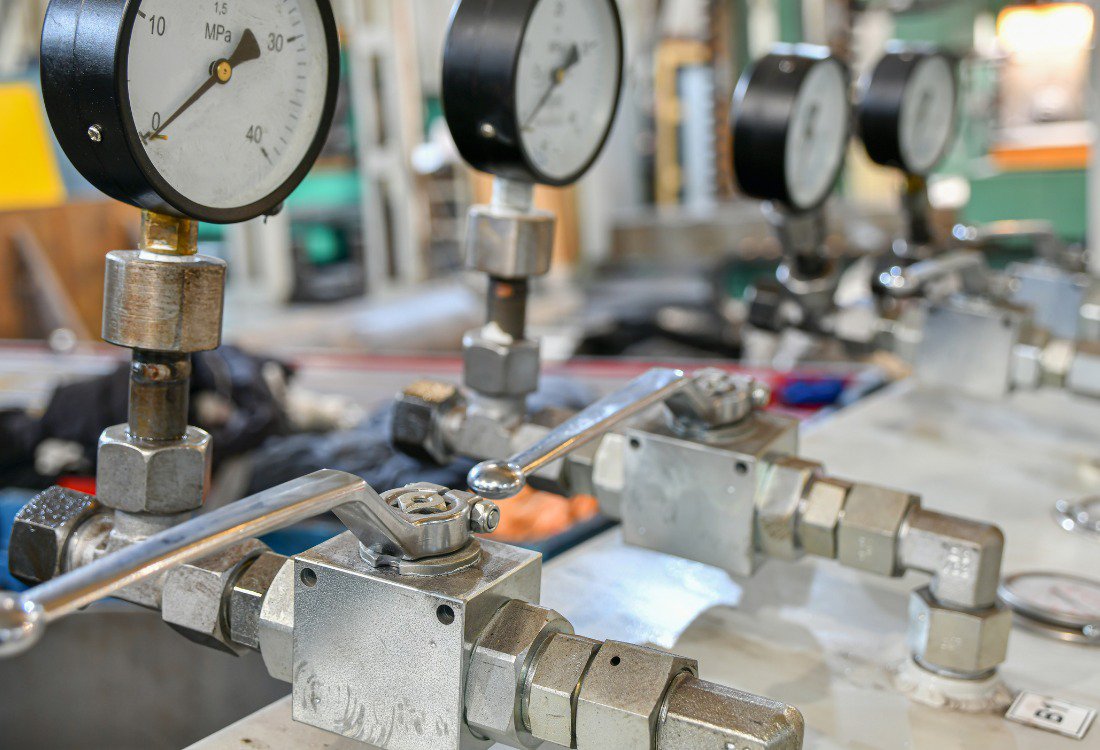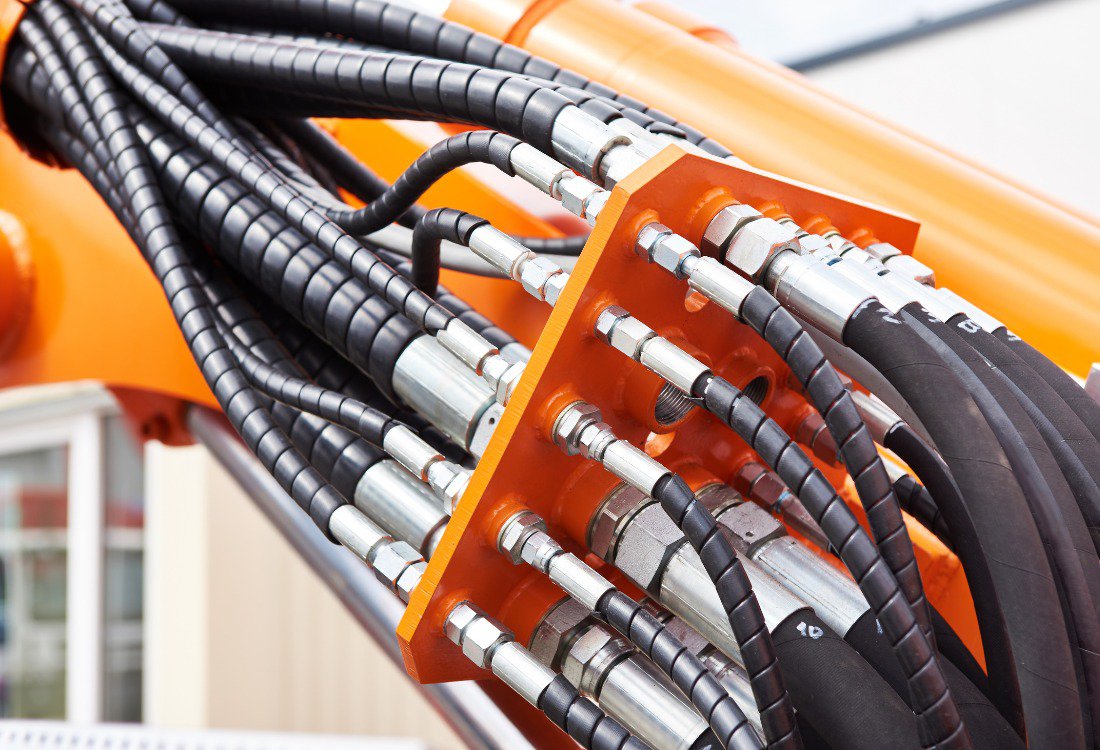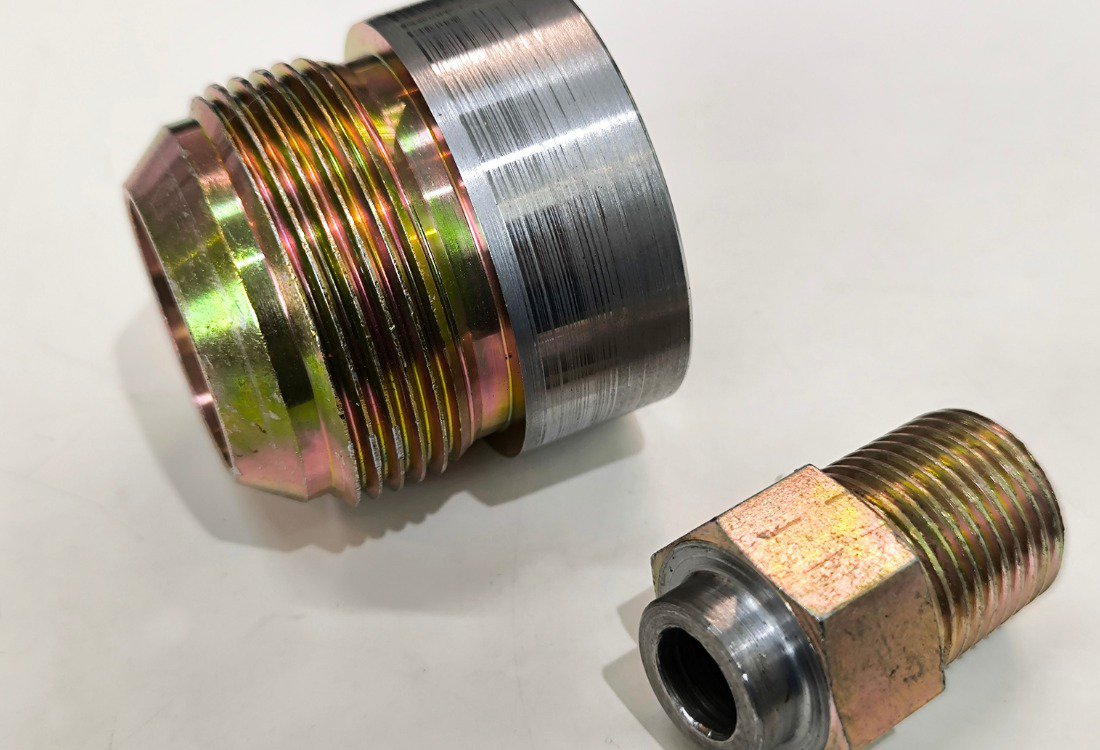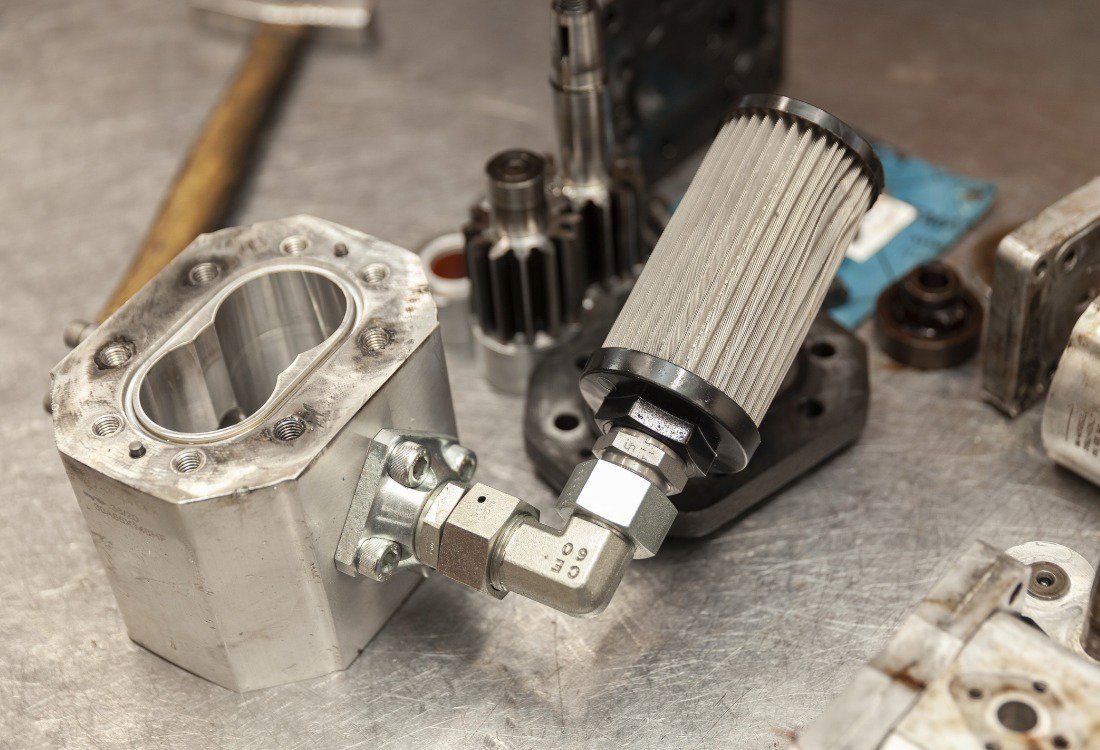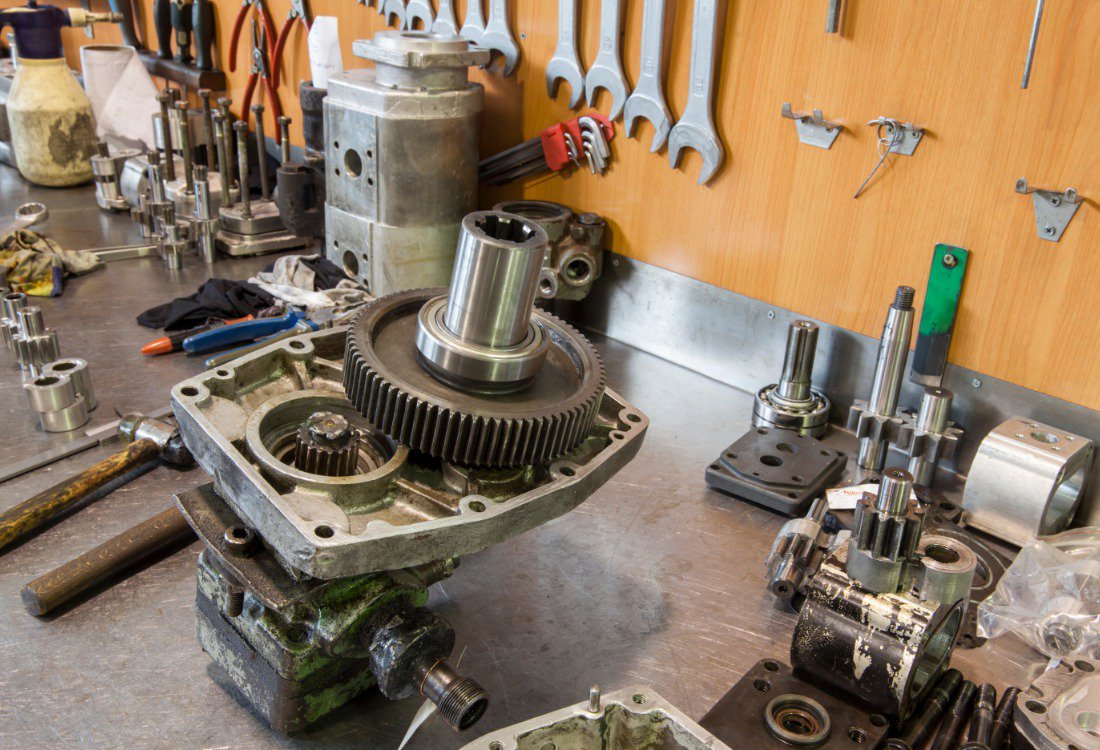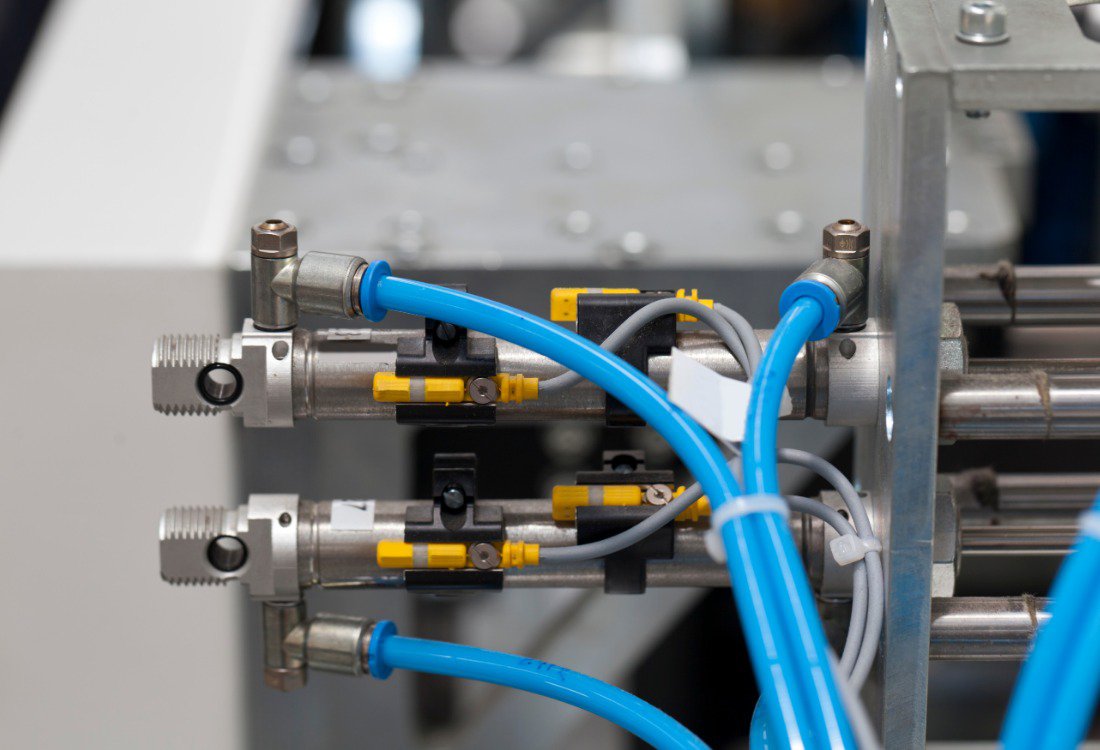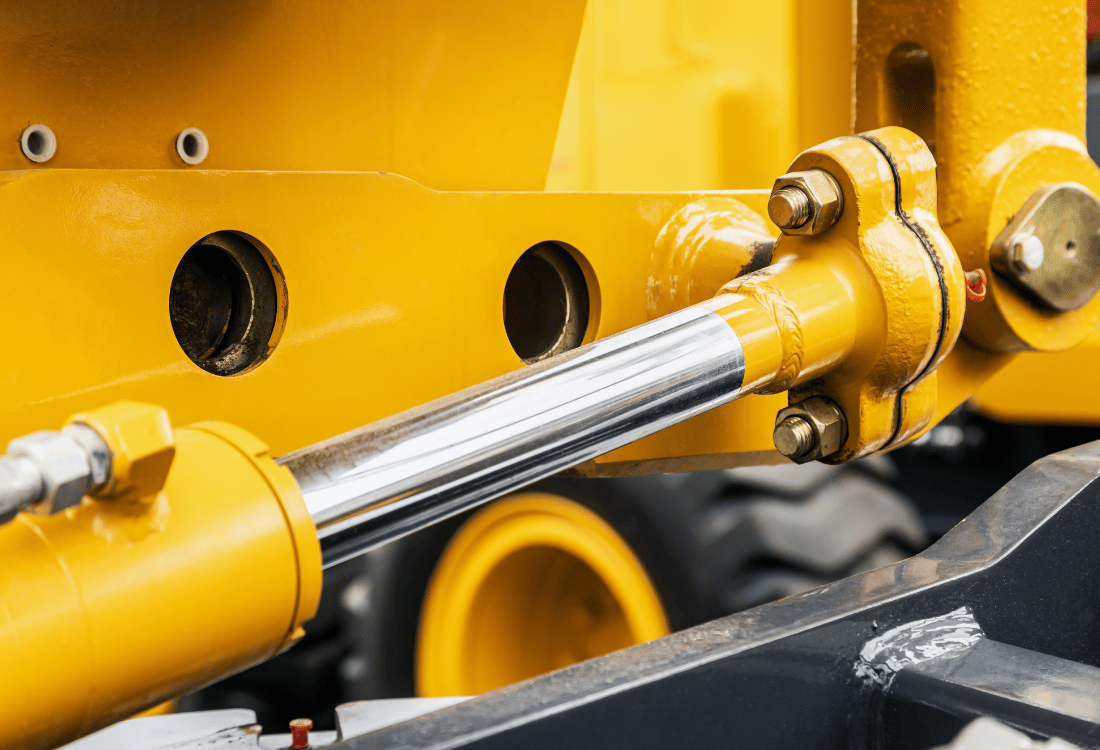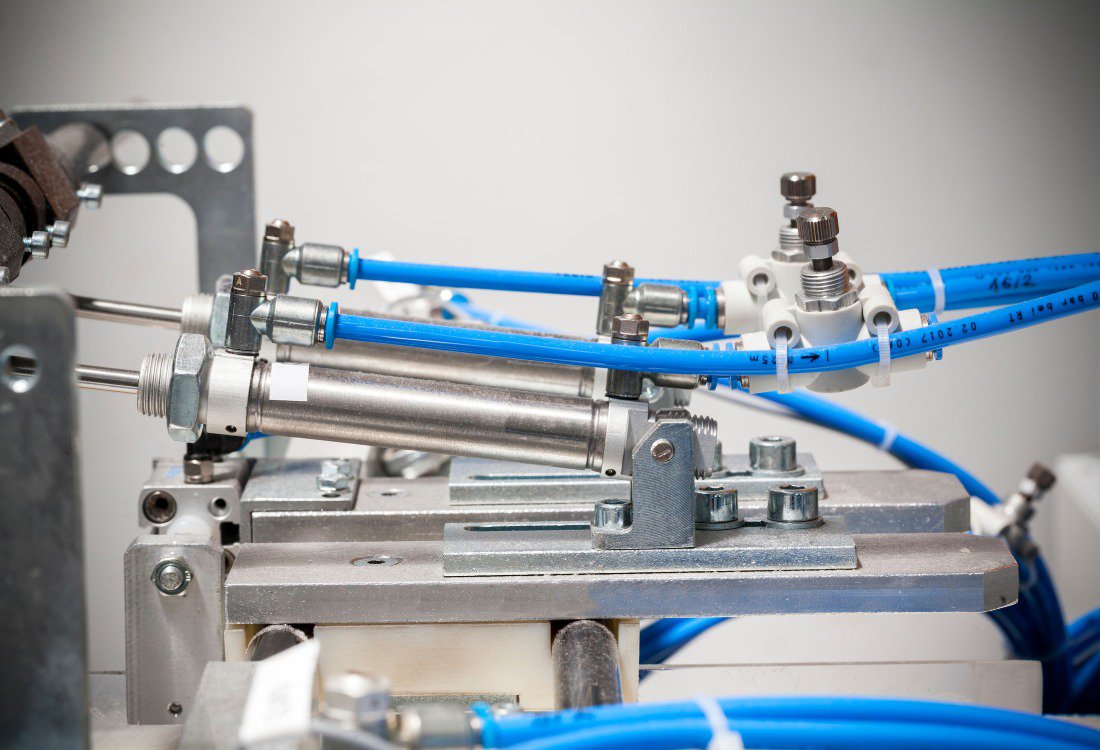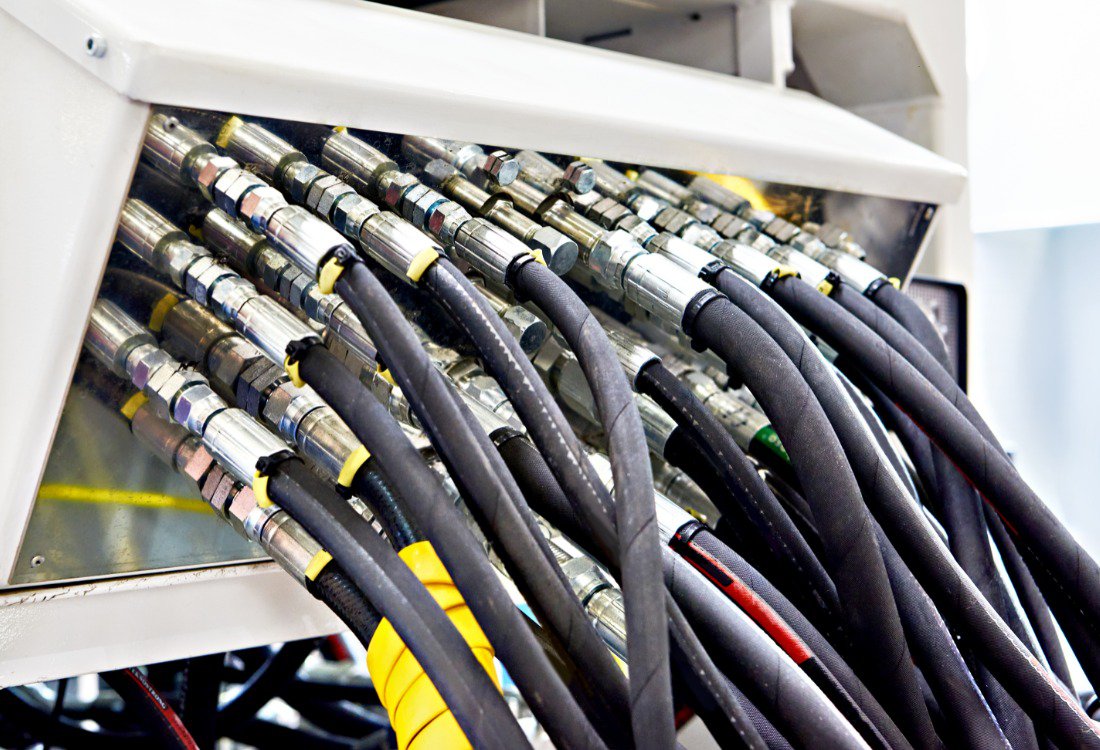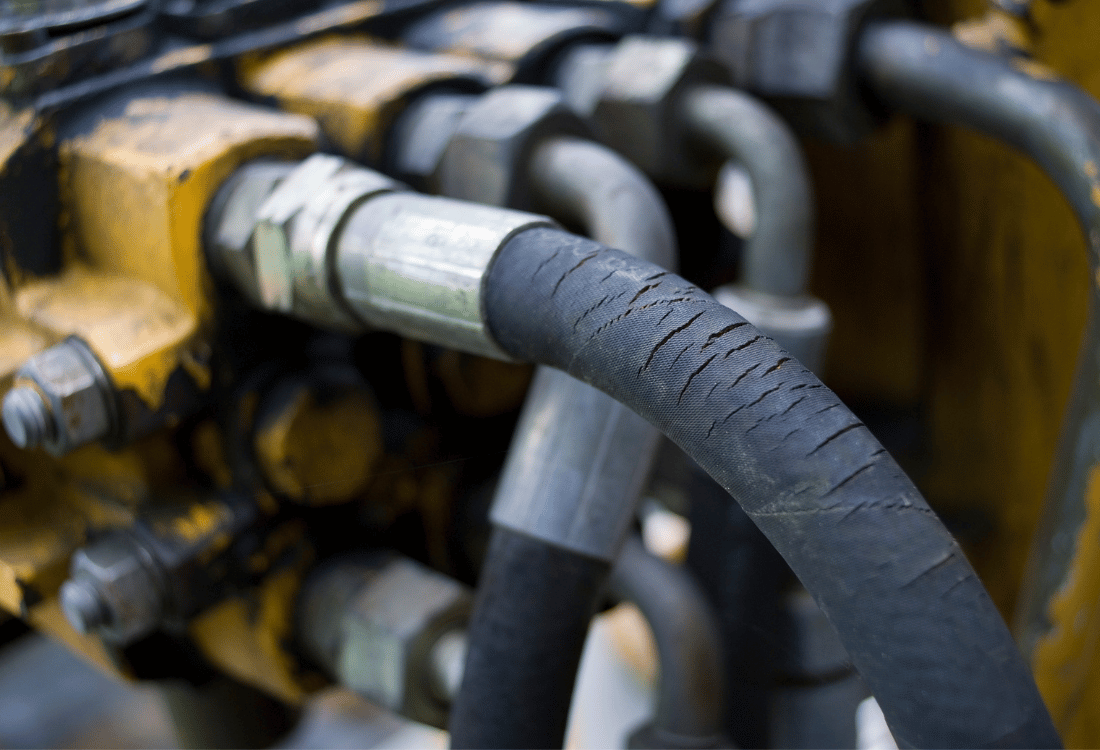The intersection of electronic control systems and hydraulic power is increasing the possibilities for applications used on the factory floor, the construction site, and beyond. In principle, electro-hydraulic systems combine the strengths...
Compact Power Units: The Future Of Space-Saving Hydraulic Solutions
For a manufacturer trying to make the most of a constrained layout or limited space, there is only one thing better than a hydraulic power unit – a compact power unit. Compact...
Digital Twins In Fluid Power: Simulating Systems For Precision And Performance
‘Digital Twins’ have a distinctively sci-fi ring in an industry that is famously down-to-earth and grounded. Fluid power systems use some of the same physical processes that have powered machinery and industrial...
Custom Hydraulic And Pneumatic Solutions For Niche Industries
Fluid power is anything but a ‘one size fits all’ industry. While the underlying laws of physics might be the same across the board, the way that hydraulic and pneumatic solutions are...
Hydraulic Engineering: Trends You Need to Know
Fluid power is something of an ‘evergreen’ industry, with many core technologies and processes having been used successfully for many decades or even centuries. Nevertheless, the last couple of decades have seen...
How to Choose the Right Pneumatic Components for Your Application
When designing or upgrading a pneumatic application, the devil is in the details. It is essential to specify the right components for each function of the application, in order to optimise both...
5 Warning Signs Your Hydraulic System Needs Immediate Attention
When a critical fault develops within a hydraulic-powered system, the consequences can be dire, including unexpected downtime, loss of revenue, and safety hazards. Detecting issues at an early stage is the key...
Innovations in Pneumatics: Reducing Workplace Noise and Enhancing Safety
Fluid power systems, while eminently useful, have never had a reputation for being particularly quiet. Unfortunately, excessive noise has the potential not only to compromise worker comfort but can also pose long-term...
The Importance of Hydraulic Hose Protection: Enhancing Durability and Safety
Hydraulic applications are the backbone of machinery and production lines in a wide range of industries, from agriculture to manufacturing and construction. In recent years, hydraulic applications have become ever more sophisticated...
Hydraulic Hose Management: Best Practices for Safety And Longevity
Reliable hydraulic hoses are the unsung heroes of many industrial operations. By focusing on routine visual inspections, professional installation, correct storage, and proactive replacements, operators can significantly reduce their downtime and minimise...

